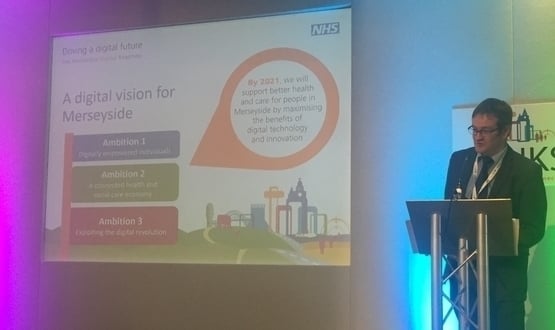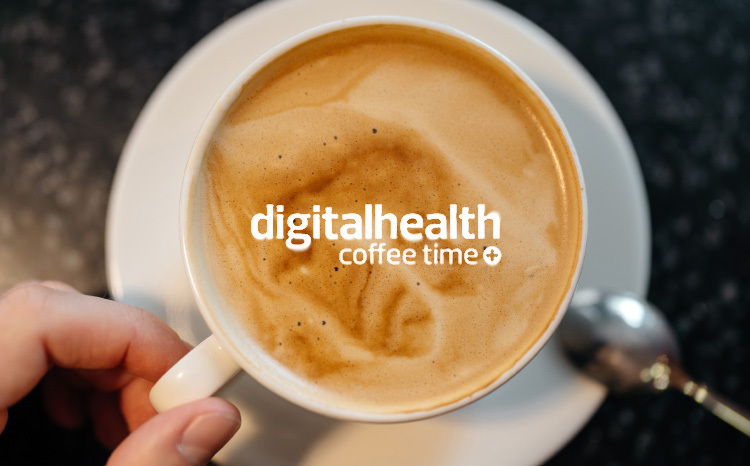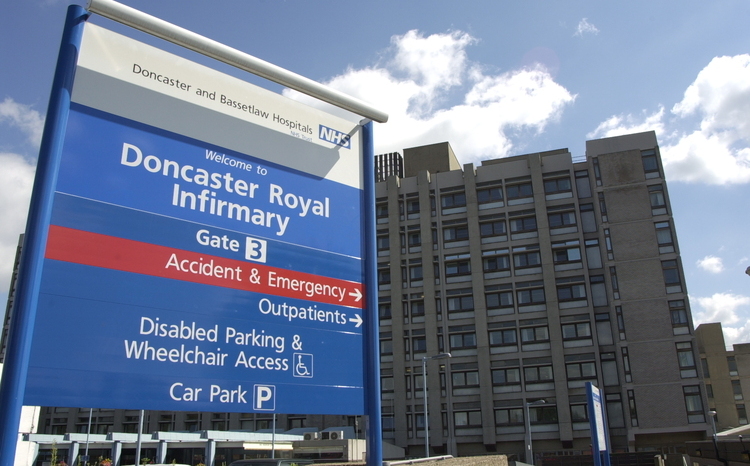Twelve million records shared in Merseyside
- 28 July 2016

More than 12 million records have been shared across Merseyside, as an increasing number of health and social services sign-up to share information.
At the iLinks Innovations conference in Liverpool earlier this month, it was revealed that record sharing in the North Merseyside health economy has continued to grow, albeit at a slower rate.
Nearly 6 million records were shared in 12 months to July, compared to 5.5 million the year before.
The drive to share is part of the region’s iLinks transformation programme, which aims to improve patient pathways and outcome through improved use of technology.
The programme operates over three clinical commissioning groups in Liverpool, South Sefton and Southport and Formby, covering about 750,000 people.
When it started in 2008, the programme took six years to share 1 million records, but sharing now deeply embedded, particularly in primary care.
Dr Rob Caudwell, chair and clinical IM&T lead at NHS Southport and Formby Clinical Commissioning Group, said the assumption was now that information would be shared.
“Share has to be a default position. If we are not sharing, we have to ask ourselves what the very, very good reason is we are not sharing; not the other way around,” he said.
There have been several projects that have accelerated the volume of information shared, he added. These include the development of a single information sharing framework, to which all health and social care organisation have agreed.
This will reduce the more than 2,000 information sharing agreements across the region to just one. “It’s been signed off by all the organisations,” Caudwell told the conference.
“The bit now is to actually get hundreds of separate sharing agreement replaced by one and mapping them across our systems. And that’s what we will be looking at doing with immediate effect.”
The PACs system, Carestream, has also been regionalised as a virtual system across Merseyside and Cheshire, so clinicians can share images across hospitals.
In primary care, community staff and have been given access to GPs’ Emis patient records, reducing the administrative burden. Emis’ task function has also been used to improve communication and coordinate community-based patient care between different services.
Emis, the dominant primary care system in the region, is also being integrated more closely with RiO and Liquid Logic.
Caudwell said while the sharing was important, it would only have limited success without patient buy-in. “We need to empower the people to use it. There’s no point in doing this if people don’t access it.”
Dr Simon Bowers, vice chair and clinical IM&T lead at Liverpool CCG, said that while the region was sharing more information than ever it was also introducing new audit tools, or “safety valve”, this winter to ensure this information was handled appropriately.
“If there are people out there that are accessing data that they shouldn’t we are going to know about it, and act on it.”
Many of the plans for further information sharing in the region are included in the Merseyside digital road map, which was submitted to NHS England in June.
Every social care and health organisation in the “foot print” have committed to the road maps objectives, which include; empowering digital patient, connecting health and social care, and exploiting the digital revolution.
Want to know more about the iLinks Innovations conference and the Merseyside digital road map? Read out feature here.





